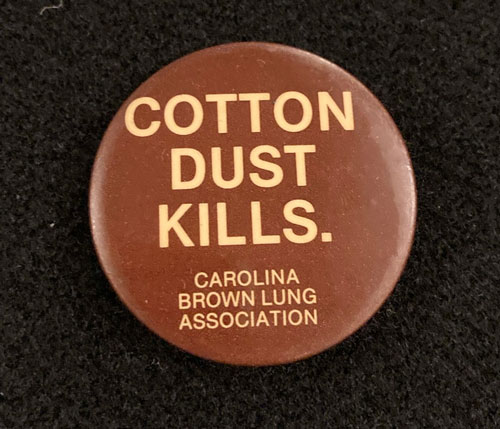“There was no escaping the irony of his last great endeavor. The young [Frederick Law] Olmsted had ridden this part of North Carolina in 1854 as a decrier of aristocracy and proponent of state-aided uplift of the masses. He’d returned to the region to end his career designing the grounds of a 250-room French-style chateau, the largest private home in the nation.”
— From “Spying on the South: An Odyssey across the American Divide” by Tony Horwitz (2019)
More about Olmsted in North Carolina here. And there’s even a statue at the North Carolina Arboretum.




